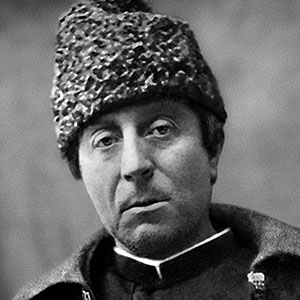You have reached the end of the best results we have for you.
One of the leaders of the Post-Impressionist movement, Paul Gauguin is most well known for his work in Tahiti and French Polynesia. Bursting with color, Gauguin's works are not to be missed.
Sell Paul Gauguin artwork with us. We will research its value and popularity for you.

Was born on June 7, 1848 in Paris. Artist Paul Gauguin is considered one of the leading painters of the Post-Impressionist period.
In 1849 his journalist father's political activities forced the family into exile. The Gauguin family set off for Peru. His father died during the crossing from France. Gauguin's mother, of Peruvian descent on her mother's side, and her two children moved in with a great grand uncle and his family in Lima.
At the age of 17 Gauguin joined the French merchant navy, travelling around
the world for six years. After the death of his mother in 1867, he settled down with his wealthy guardian, Gustave Arosa, who had a large art collection that included works by Delacroix. This period in time shaped Gauguin's interest in the arts. He started collecting Impressionist paintings, and became an amateur painter.
In 1883 the bank that employed Gauguin experienced financial difficulties, and he found himself free to paint full-time. Much of his work during this period was influenced by the Impressionists, especially Pissarro. In 1884 Gauguin went to paint at the artists haven of Pont-Aven. Influenced during this period by van Gogh, Seurat, and Degas, he began to adopt his own independent style.
In 1887, Gauguin left France for Panama. For a short time he worked as a labourer for the Panama Canal Company. He soon left Panama for Martinique, where he continued his development as an artist. In 1888 he returned to Brittany. His experience in Martinique broadened his vision and enabled him to develop original interpretations of scenes in Brittany.
In October, 1888 he travelled to Vincent van Gogh's home in Arles, France. His stay was both traumatic and fruitfull for both artists. They learned a great deal from each other but were often at odds. Gauguin returned to Paris in December after Van Gogh's "ear incident."
Gauguin's break with the Impressionists came when he painted "Vision after the Sermon," where he tried to depict the inner feelings of his subjects. This painting also marked the start of a new painting style that came to be known as "Symbolism."
Although this period had been highly productive for Gauguin, he was deeply depressed and in 1891 abandoned his family to seek an idyllic life in the South Pacific Islands. He stayed briefly in Tahiti's capital, Papeete, and then relocated to a remote part of the island.
The artist lived in Tahiti from 1891 to 1893, and again from 1895 until his death. In Tahiti his painting style evolved to reflect the Pacific Islands' primitive forms and brilliant colors. His striking images of Polynesian women rank among the most beautiful paintings of the modern age. In 1904, Paul Gauguin, dissipated by drug-addiction, died of a heart attack on Hiva Oa Island in the Marquesas in French Polynesia.
Browse Paul Gauguin Catalogue Raisonnés Online.
En español: Paul Gauguin.